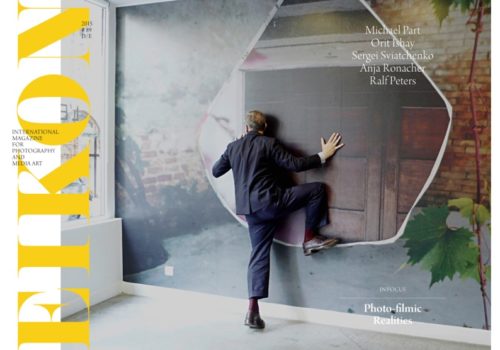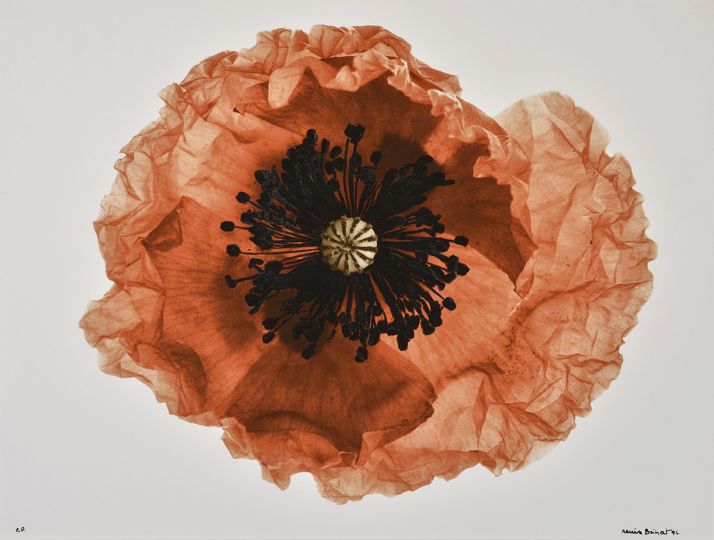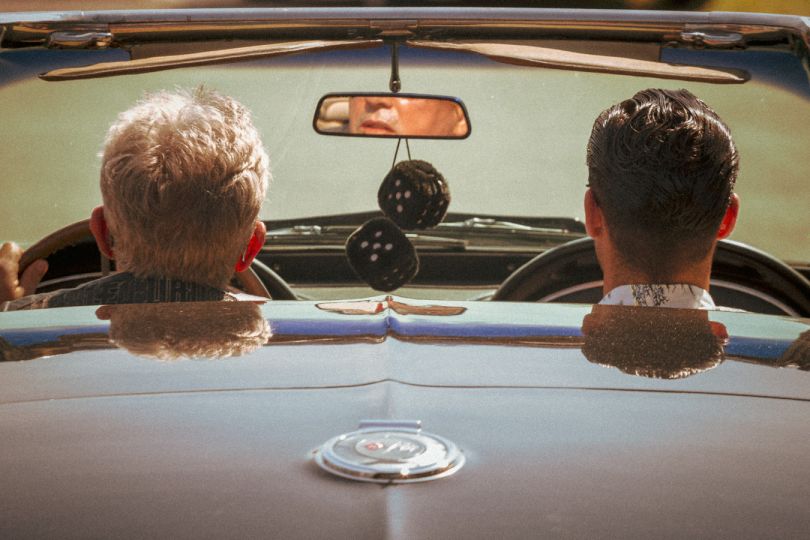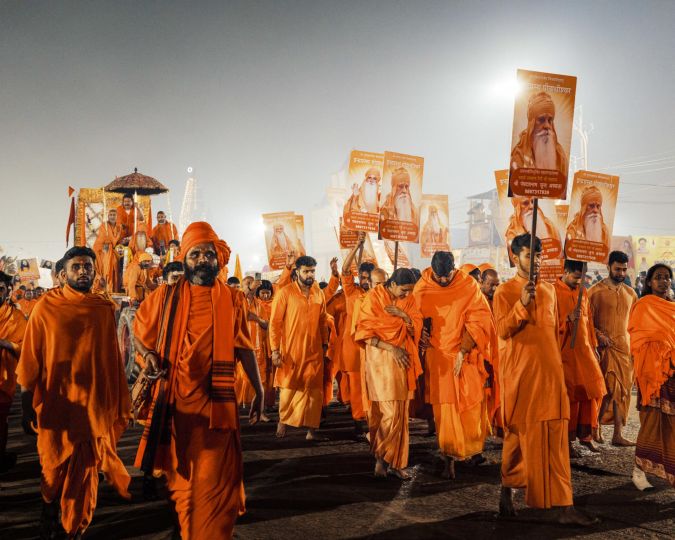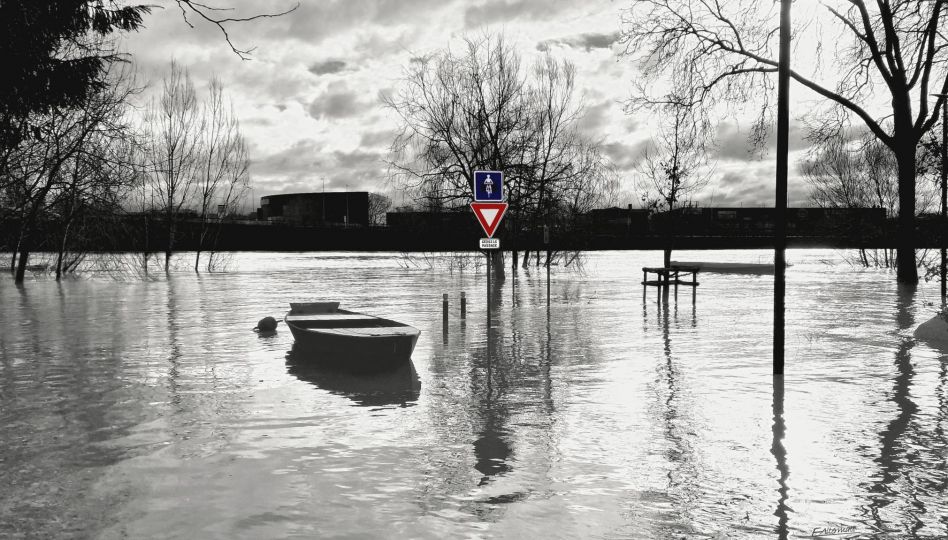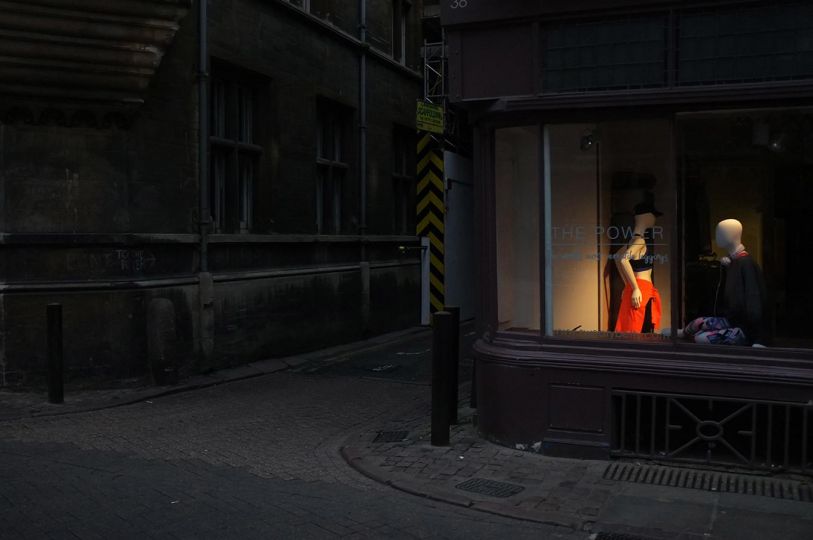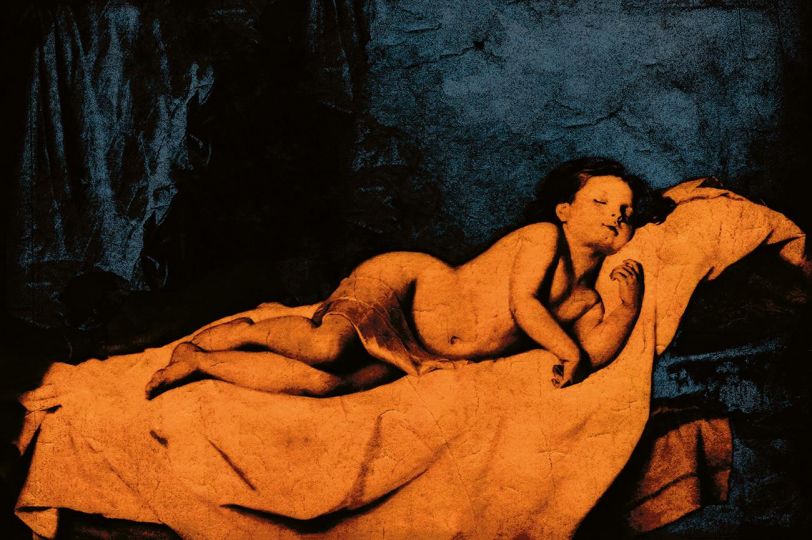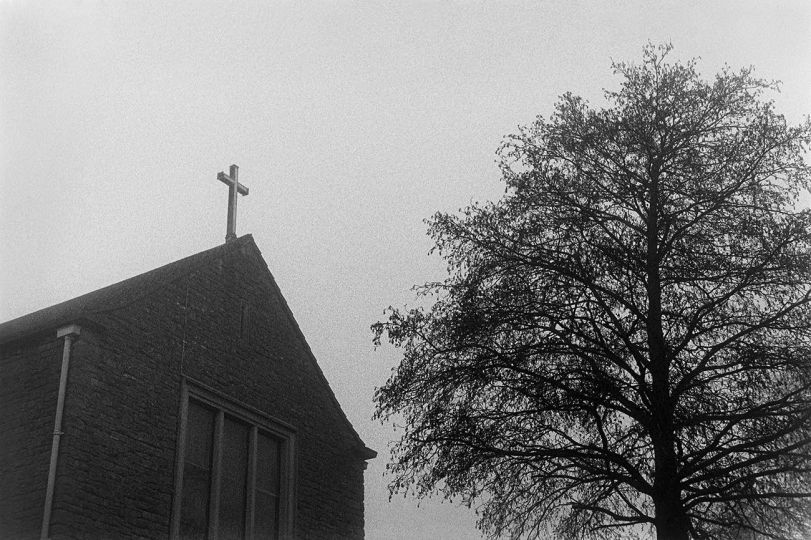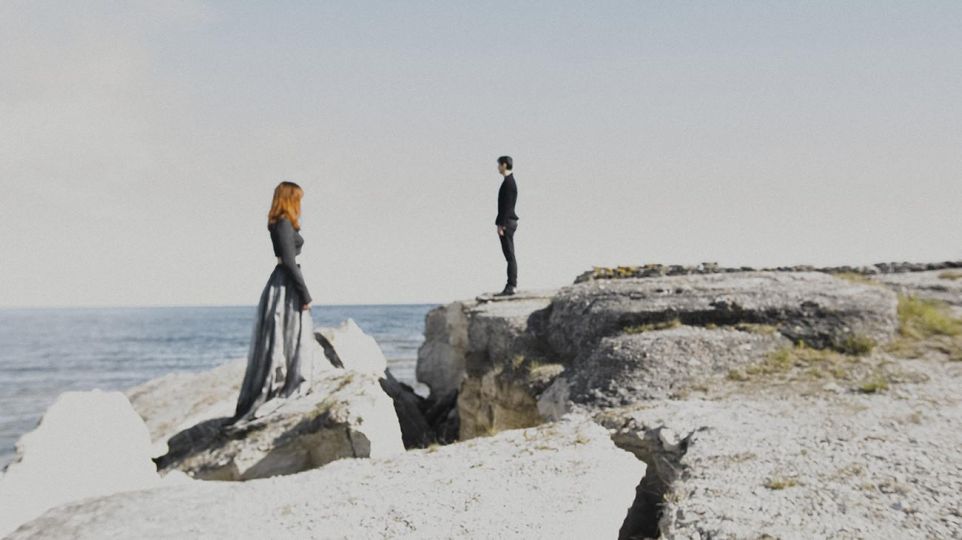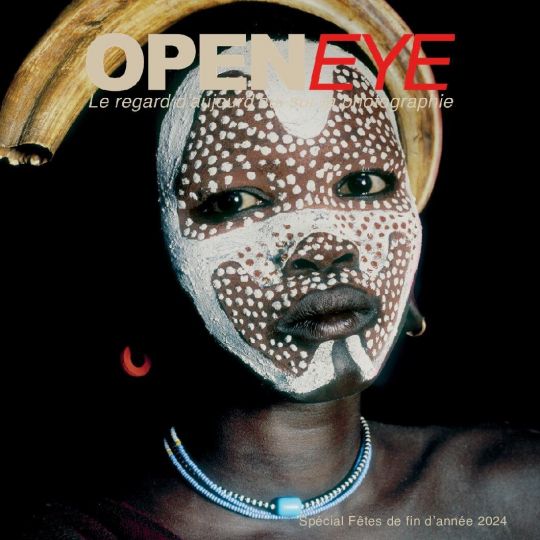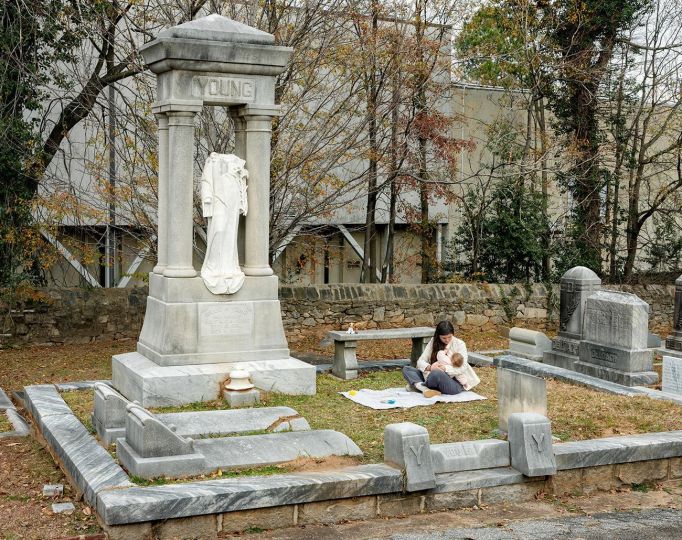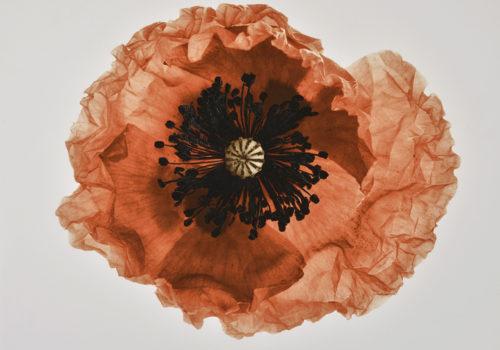Antonioni’s masterpiece Blow-Up, currently the basis of an exhibition that is on a one-year tour of Vienna, Winterthur and—till early April—Berlin, has a special status in the history of the feature film due to its penetrating analysis of photography: its mechanisms and its failures. While the sequence of moving images (and therefore the plot of the film in itself) is woven into a convincing narrative in keeping with the genre, the positive images drawn from a negative by the protagonist create highly problematic evidence for an event whose outcome is unclear. Because they are “blown up” the authenticity of the photographic image is here exposed to debate to an unprecedented degree.
This article is reserved for subscribed members only. If you are already a member, you can log in here below.
Subscribe for full access to The Eye of Photography archives!
That’s thousands of images and articles, documenting the history of the medium of photography and its evolution during the last decade, through a unique daily journal. Explore how photography, as an art and as a social phenomenon, continue to define our experience of the world. Two offers are available.
Subscribe either monthly for 8 euros (€) or annually for 79 euros (€) (2 months offered).

